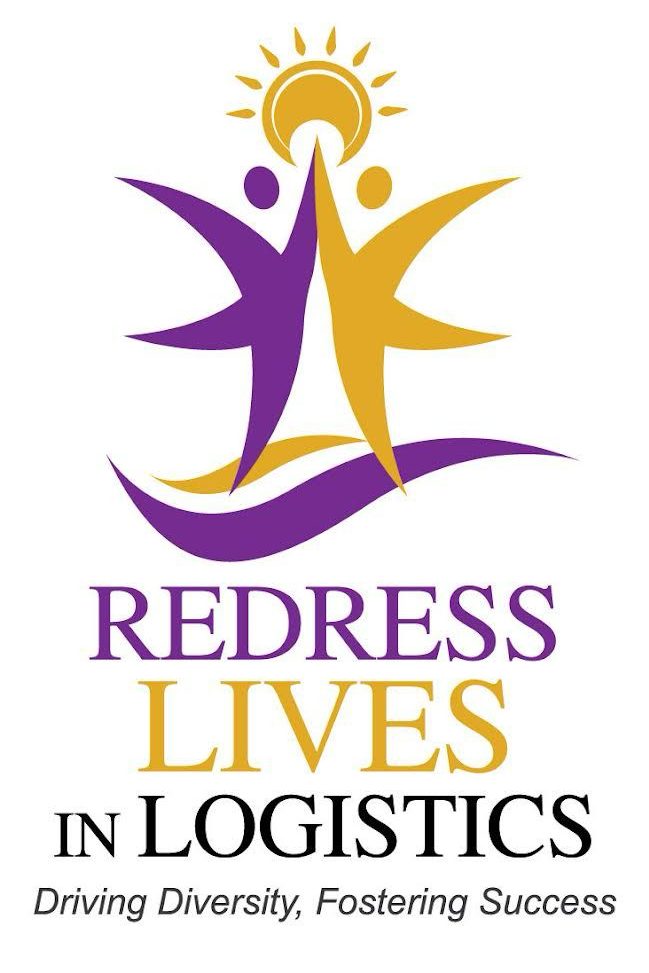WHAT WE DO
PROBLEM WE SOLVE
01
Geographic Characteristics
- Geographic Scope: Primarily within the region where the organization is located, which could be a specific city, state, or a defined area. Expansion opportunities may exist in neighboring regions.
- Urban and Suburban Areas: Focus on urban and suburban areas with access to transportation hubs, potential employers, and training facilities.
- Proximity to Correctional Facilities: Locations near correctional facilities to facilitate easy access for women nearing release.
02
Demographic Characteristics
- Women: Women who are currently or recently released, often from diverse socioeconomic backgrounds and varying educational levels.
- Age Group: Primarily adults aged 18-45 who are in or approaching the workforce age bracket.
- Education Levels: A mix of educational backgrounds, from those with limited formal education to those with some college experience.
- Criminal Background: women with varying criminal backgrounds seeking opportunities for rehabilitation and reintegration.
03
Psychographic Characteristics
- Aspirations for Change: Women who are motivated to turn their lives around, seeking personal and professional growth after incarceration.
- Desire for Empowerment: Individuals who want to regain control over their lives and seek empowerment through skill development and meaningful employment.
- Commitment to Rehabilitation: Women who are committed to making positive changes, breaking free from cycles of crime, and contributing positively to society.
- Value of Second Chances: Individuals who believe in the value of second chances and are determined to overcome past mistakes.
Competitive Advantages
Competitive advantages that arise from the unique characteristics of the logistics training organization with a commercial driver training program for women:
1. Social Impact and Empowerment:
Competitive Advantage
The program's emphasis on providing training to women offers a distinct social impact, empowering an underserved demographic.
Benefit
This emphasis can attract positive attention from the community, potential participants, and partners who value organizations making a meaningful difference.
2. Second Chance Focus:
Competitive Advantage
A program targeting women showcases a commitment to rehabilitation and reintegration.
Benefit
This focus can resonate with stakeholders who believe in second chances and are more likely to support or collaborate with the organization.
3. Tailored Curriculum:
Competitive Advantage
Designing the curriculum specifically for women's needs and challenges creates a unique offering.
Benefit
The tailored approach can lead to higher engagement, retention, and success rates among participants.
4. Holistic Support:
Competitive Advantage
Providing not only technical training but also holistic support addresses multifaceted barriers to reentry.
Benefit
Potential participants and supporters appreciate the organization's commitment to comprehensive development.
5. Industry Connections:
Competitive Advantage
Partnering with logistics companies, transportation agencies, and employers demonstrates a clear path to job placement.
Benefit
Trainees are more likely to enroll if they see concrete prospects for employment after completion.
6. Reduced Recidivism:
Competitive Advantage
By equipping women with marketable skills, the program contributes to reducing recidivism rates.
Benefit
Criminal justice reform advocates, policymakers, and potential partners will appreciate the potential for societal impact.
7. Diverse Workforce Advocacy:
Competitive Advantage
Supporting diversity in the logistics industry by training an often-overlooked demographic addresses a pressing issue.
Benefit
Companies seeking to improve their diversity and inclusion efforts may be more inclined to hire graduates.
8. Alumni Success Stories:
Competitive Advantage
Showcasing success stories of formerly women who secured stable jobs can be a powerful marketing tool.
Benefit
Potential participants gain inspiration and motivation to enroll.
9. Cross-Sector Partnerships:
Competitive Advantage
Collaborating with correctional facilities, reentry programs, nonprofits, and employers strengthens the program's reach.
Benefit
Partnerships offer resources, referrals, and expanded opportunities for participants.
10. Community Support:
Competitive Advantage
Positive impact on the local community and economy through reduced recidivism and increased employment.
Benefit
Community members and leaders are more likely to support initiatives that contribute positively to the region.
In conclusion, the logistics training organization’s focus on women offers unique competitive advantages that are driven by its social impact, tailored approach, and commitment to second chances. These advantages can resonate with various stakeholders and contribute to the organization’s success and impact.
